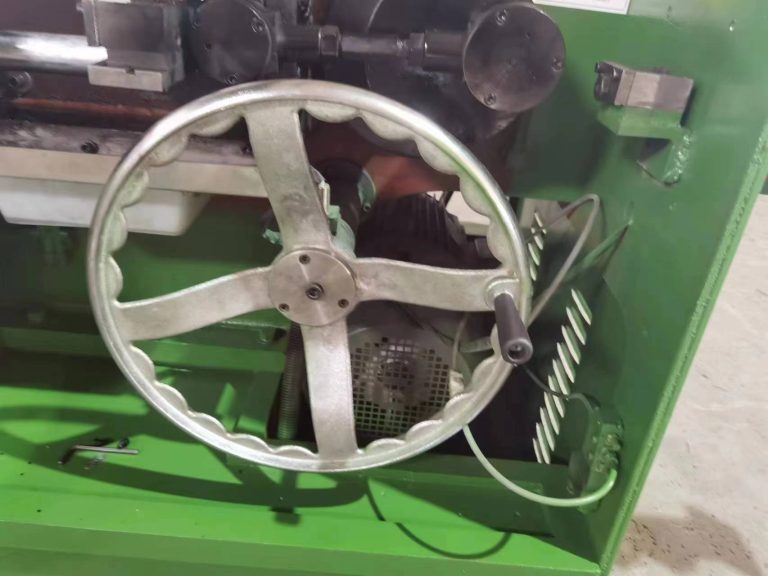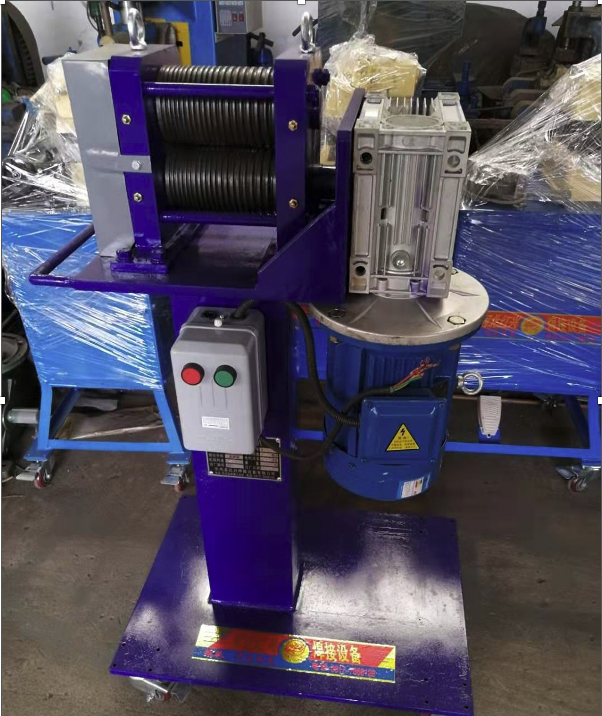Table of Contents
Benefits of Butt Welding For Wire Joining
Butt welding is a popular method for joining wires together in various industries. This process involves joining two pieces of wire by heating them until they melt and then pressing them together to form a solid bond. There are several benefits to using butt welding for wire joining, making it a preferred choice for many applications.

One of the main advantages of Butt Welders are its strength and durability. When two wires are butt welded together, the resulting joint is as strong as the original wire itself. This means that the joint will not break or come apart easily, even under high levels of stress or pressure. This makes butt welding an ideal choice for applications where the integrity of the joint is crucial, such as in the automotive or aerospace industries.
Another benefit of butt welding is its efficiency. This process can be completed quickly and easily, making it a cost-effective option for joining wires together. Unlike other methods of wire joining, such as soldering or crimping, butt welding does not require any additional materials or tools. This means that the overall cost of the joining process is lower, making it a more economical choice for many applications.
In addition to its strength and efficiency, butt welding also offers a high level of precision. Because the wires are melted and fused together during the welding process, the resulting joint is seamless and uniform. This means that there are no weak spots or inconsistencies in the joint, ensuring a reliable connection between the two wires. This level of precision is essential in applications where the performance of the wire joint is critical, such as in electrical or telecommunications systems.
Furthermore, butt welding is a versatile method that can be used with a wide range of wire materials and sizes. Whether you are working with copper, aluminum, or stainless steel wire, butt welding can provide a strong and reliable joint. Additionally, this process can be used with wires of varying diameters, making it suitable for a variety of applications. This versatility makes butt welding a popular choice for industries that work with different types of wire materials and sizes.
Overall, butt welding offers a number of benefits for wire joining applications. Its strength, efficiency, precision, and versatility make it a preferred choice for many industries. Whether you are looking to join wires in a high-stress environment or need a reliable connection for your electrical system, butt welding can provide the solution you need. Consider using butt welding for your next wire joining project and experience the many advantages this method has to offer.
Tips for Achieving Strong Butt Welds in Wire Joining
Butt welding is a common method used for joining wires together to create a strong and reliable connection. This process involves heating the ends of the wires until they melt and then pressing them together to form a solid bond. When done correctly, butt welding can produce a seamless joint that is as strong as the original wire itself. However, achieving a successful butt weld requires careful attention to detail and proper technique.
One of the most important factors in achieving a strong Butt Welder Machinery is ensuring that the wires are clean and free of any contaminants. Any dirt, grease, or oxidation on the surface of the wires can prevent them from fusing together properly, leading to a weak weld. Before beginning the welding process, it is essential to thoroughly clean the ends of the wires using a wire brush or sandpaper to remove any debris.
In addition to cleanliness, it is crucial to ensure that the wires are properly aligned before welding. Misaligned wires can result in an uneven weld that is weaker in certain areas. To prevent this, the wires should be carefully positioned so that their ends are flush against each other before welding. This can be achieved by using a jig or clamp to hold the wires in place during the welding process.
Another key factor in achieving a strong butt weld is controlling the heat input during the welding process. Excessive heat can cause the wires to melt too quickly, leading to a weak weld, while insufficient heat may result in an incomplete fusion of the wires. It is essential to carefully monitor the temperature of the welding equipment and adjust it as needed to ensure that the wires are heated evenly and to the correct temperature.
Proper pressure is also critical in achieving a strong butt weld. Applying too much pressure can cause the wires to deform or break, while too little pressure may result in a weak bond. It is important to find the right balance between heat and pressure to create a solid weld that is both strong and durable.
When welding wires of different materials or thicknesses, it is essential to take into account the specific requirements of each material. Some materials may require higher temperatures or longer welding times to achieve a successful weld, while others may be more sensitive to heat and pressure. It is important to research the properties of the materials being welded and adjust the welding parameters accordingly.
In conclusion, achieving a strong butt weld in wire joining requires attention to detail, proper technique, and careful control of heat and pressure. By ensuring that the wires are clean and properly aligned, monitoring the temperature and pressure during the welding process, and taking into account the specific requirements of the materials being welded, it is possible to create a seamless and reliable joint that is as strong as the original wire itself. With practice and attention to detail, anyone can master the art of butt welding for wire joining.






